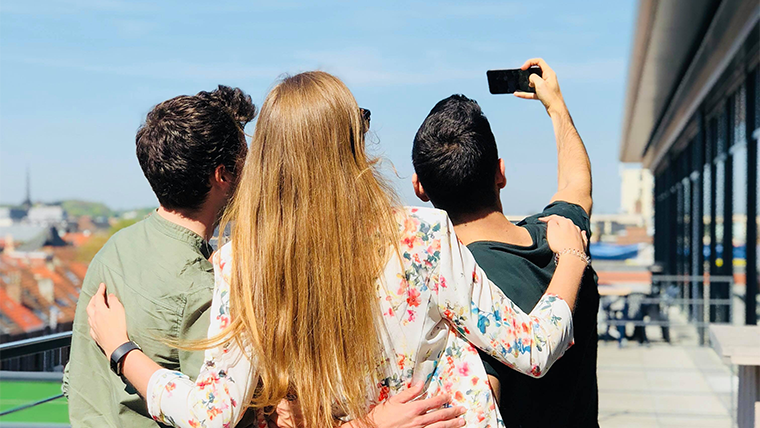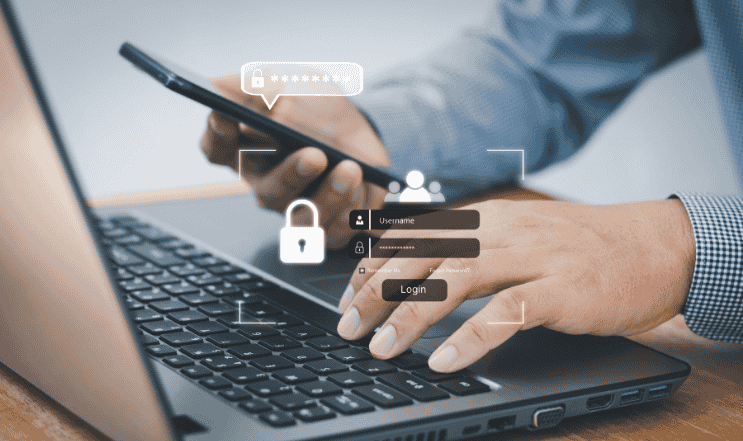
| 

Online identity verification is a hot subject for an increasing number of businesses, as the web becomes ever more important in people’s everyday lives. Also, for any business, the opening of an account is its most vulnerable time in terms of exposure to fraudsters. While there are already many types of identity verification accepted by businesses, the humble selfie is now adding a new level of safety.
The importance of biometrics
It is already accepted that useful ID verification should rely on two out of three of the following; something the applicant knows, something they have, and something they are. The first level is the oldest; knowledge of a password, date of birth, first job, etc. is a long-established means of verification. The second, in today’s world, means a smartphone; something a person has which can help with checking their identity.
The third – something you are – is becoming ever more important in the online world. Biometric identification is thought of as access by thumbprint, or retinal scan. In fact, the oldest form of biometric ID is the photograph. Unfortunately, photos can be faked, which is where the selfie comes in.
Extra level of security
Applicants for new accounts can scan in their official documents, some of which will include a photograph. In fact, all this proves is that the person who sent the application has a copy of the document. What a business really needs to check is that the person doing the applying or registration is the same person as the one on the ID card.
Taking a selfie is a quick, reliable way to check this. Also, as the ID form will already be in the hands of the verifier, completion by taking a selfie can be carried out very quickly. The days of standing in a queue with a passport, proof of address and other verification are, thankfully, over. Natwest, one of the UK’s main banks, took up selfie ID verification in 2019, and is very likely to be followed by other major institutions.
Selfies’ fit with risk management
Risk is at the heart of ID verification, in the online environment more than anywhere else. For web-based businesses, this means risk of losing custom as much as allowing in fraudsters. The fact is that many of today’s potential customers don’t want to waste time verifying their identity if they can help it; a business which offers a quick, intuitive way of doing so will convert more customers than one that doesn’t.
In many ways, the selfie is the perfect form of ID authentication; it is instant, and very human on a number of levels. There is no way, for instance, that someone under duress from a third party would be able to manage a cheerful smile for a real-time selfie.
Some companies are taking this a step further and asking for short videos from applicants; just a quick clip to say hello, I’m [whoever] and I’d like to open an account. Recording such a clip is very easy, and also an intuitive way for the verifier to be sure the applicant is who they say they are.


